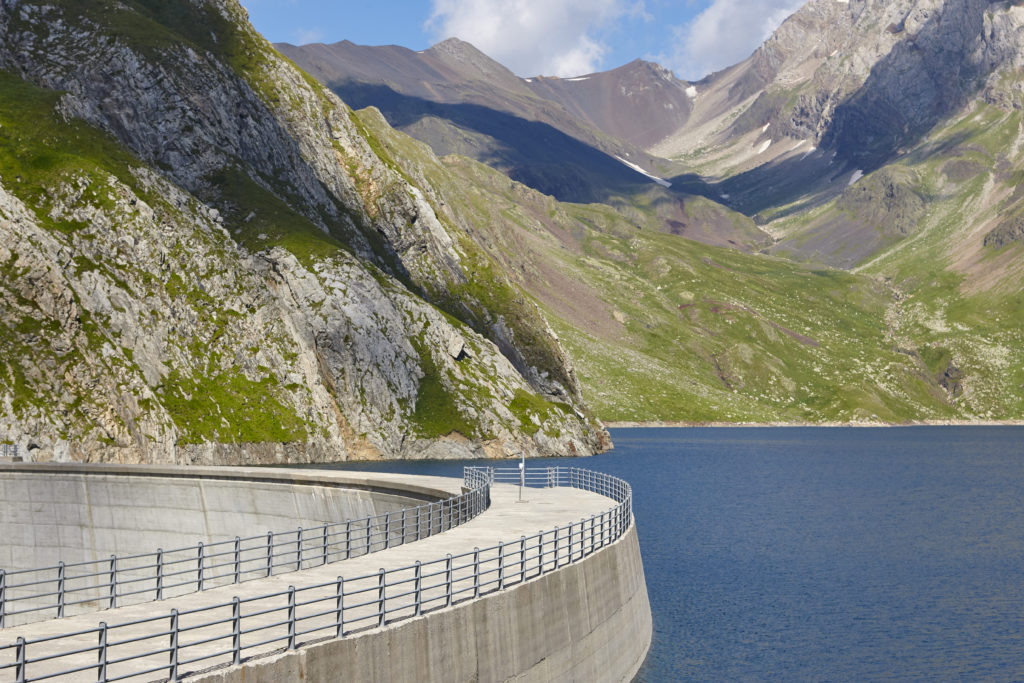Analysis of engineering properties of rock mass of Shah-wa-Arus dam site, Kabul, Afghanistan
Abdulhalim Zaryab1*, Mohammad Ibrahim Najaf1, Mohammad Zia Jamal1
1Kabul Polytechnic University, Kabul, Afghanistan
*Corresponding author: a.zaryab@kpu.edu.af
.
https://doi.org/10.29258/CAJWR/2019-R1.v5-1/18-28.engResearch Paper

Abstract
After a catastrophic decline in the water level at the end of the 20th century, the formation of a new delta of the river Syrdarya has begun. The modern delta of the river is located within the Kazalinsk and Aral regions in Kyzylorda oblast. This paper gives an assessment of the hydroecological state of the river’s delta. The hydrological and ecological characteristics of the Syrdarya delta were evaluated using the data from the Karateren and Kazalinsk gauging stations. A number of hydroecological indicators are given, such as: water level, annual flow, delta area, mineralization, content of suspended substances, copper and biochemical oxygen consumption (BOС5) in the river. All indicators were compared to the maximum permissible concentration (MPC).
Download the articleHow to cite: Zaryab, A., Najaf, M. I., & Jamal, M. Z. (2019). Analysis of engineering properties of rock mass of Shah-wa-Arus dam site, Kabul, Afghanistan. Central Asian Journal of Water Research, 5(1), 18–28. https://doi.org/10.29258/cajwr/2019-r1.v5-1/18-28.eng
References
- Zaryab, A., Najaf, M.I. and Jafari, I., 2015, Rock Mass Engineering Classification of Shah-wa-Arus Dam Site, Kabul, Afghanistan//5th International Hindu Kush Geosciences Conference. – KPU, Kabul, Afghanistan. Available at: https://sites.google.com/site/hindukushconf/publications/special-papers/zaryab-2015
- Bell, F.G., 2007, Engineering Geology. 2nd ed. London, United Kingdom: Butterworth- Heinemann, 592 pp.
- Bieniawski, Z.T., 1974, Estimating the strength of rock materials. National Mechanical Engineering Research Institute, Council for Scientific and Industrial Research.
- Bieniawski, Z.T., 1989, Engineering rock mass classifications: a complete manual for engineers and geologsits in mining, civil and petroleum engineering, New York, John Wiley & Sons.
- Deere, D.U. and Deere, D.W., 1989, Rock Quality Designation (RQD) Index in Practice Contract Report G1–89–1, Department of the Army Corps of Engineers.
- Foyo, A., Sanchez, M. A. and Tomillo, C., 2005, A proposal for a secondary permeability index obtained from water pressure tests in dam foundations. Engineering Geology, Vol. 77, pp. 69-82.
- Hoek, E. and Brown, E.T., 1997, Practical estimates of rock mass strength. International Journal of Rock Mechanics and Mining Sciences, Vol. 34, No 8, pp. 1165-1186.
- Houlsby, A.C., 1990, Construction and design cement grouting. John Wily and Sons, Inc, USA., 392 pp.
- Palmstrom, A., 2005, Measurements of and correlations between block size and rock quality designantion (RQD). Tunnelling and Underground Space Technology, Vol. 20, No 4, pp. 362-377.
- Tablieh-Parhoon Tarh, J.V. 2011a, Shah-wa-Arus – Multipurpose project – Final Report on Engineering Geology.
- Tablieh-Parhoon Tarh J.V., 2011b, Shah-wa-Arus – Multipurpose project – Final Report on Rock Mechanics.


